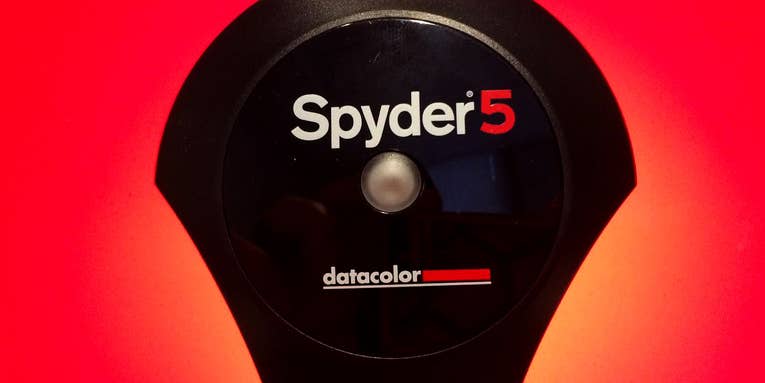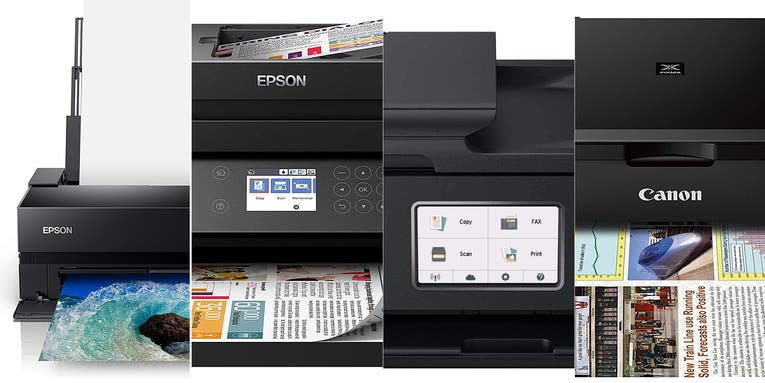
Camera Accessory Reviews
Find reviews of camera accessories here, including camera bags, computers, printers, software, storage, and more.
Latest Camera Accessory Reviews Stories

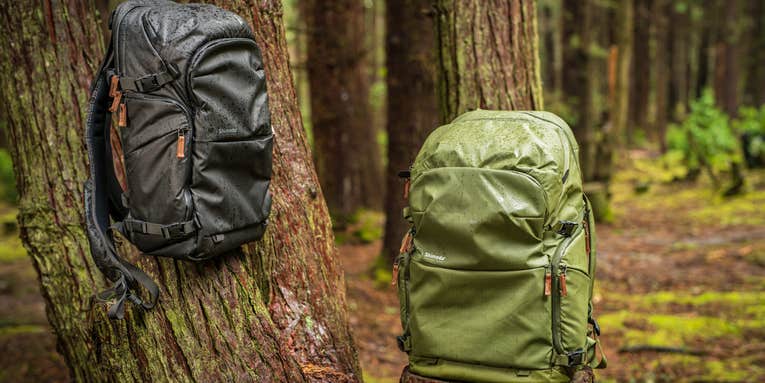
Shimoda Explore v2 review: a versatile camera backpack for nearly any adventure
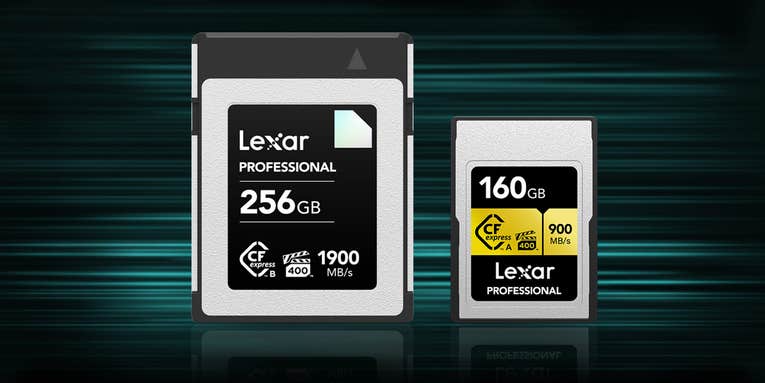
Lexar’s new Diamond-series Type-B CFexpress cards are the world’s fastest
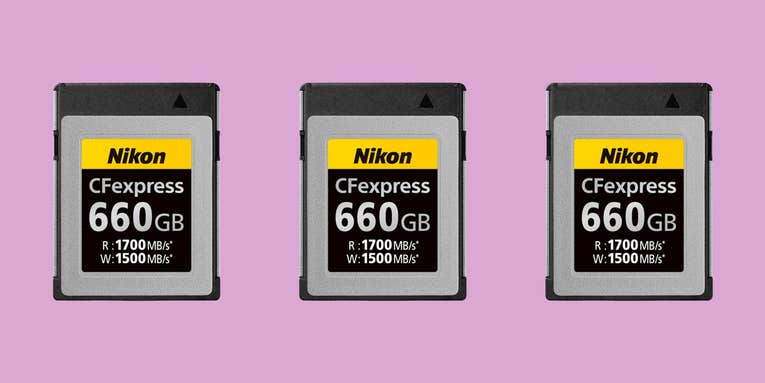
New gear: Nikon’s speedy CFexpress card will hit shelves this summer
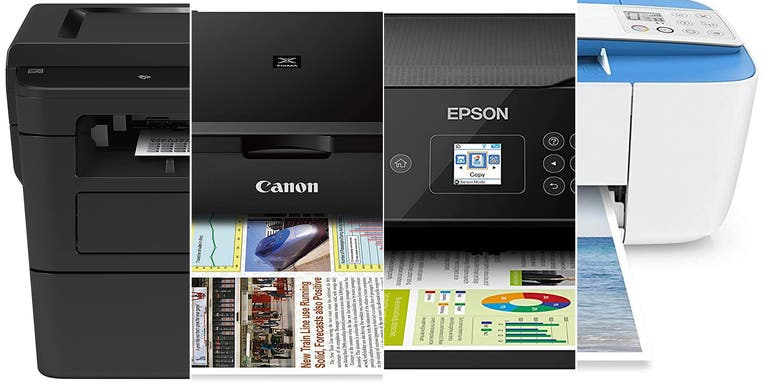
Best cheap printers in 2023
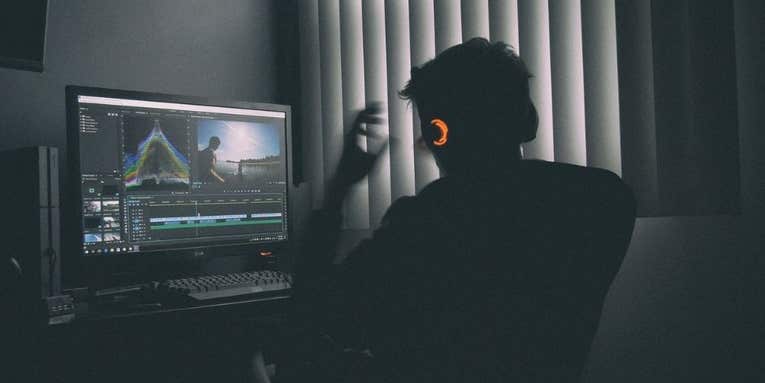
Best laptops for video editing in 2023
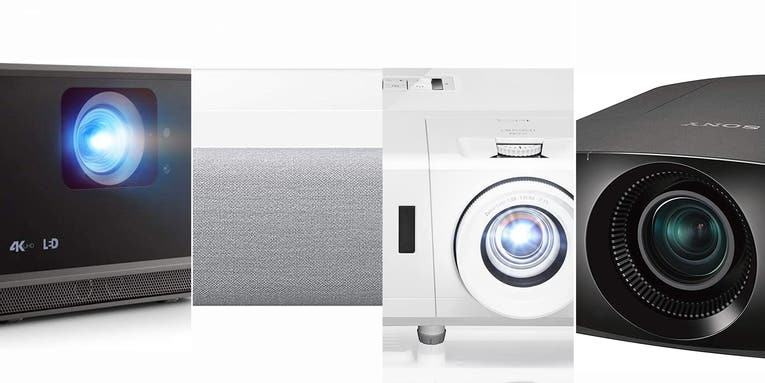
Best 4K projector in 2023
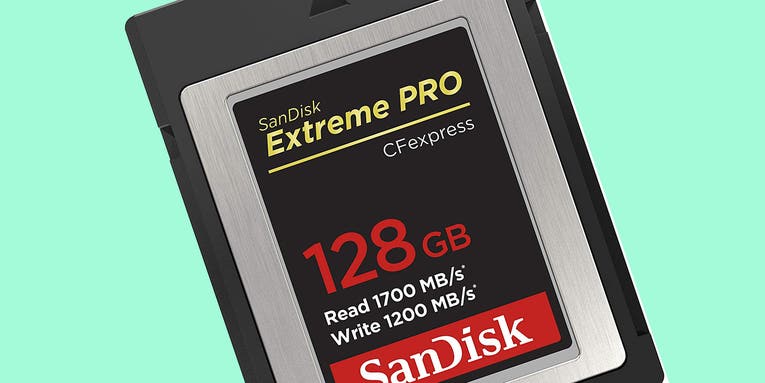
SanDisk memory cards are up to $110 off at Amazon right now

VSCO’s new pink and blue-hued ‘infrared’ filters
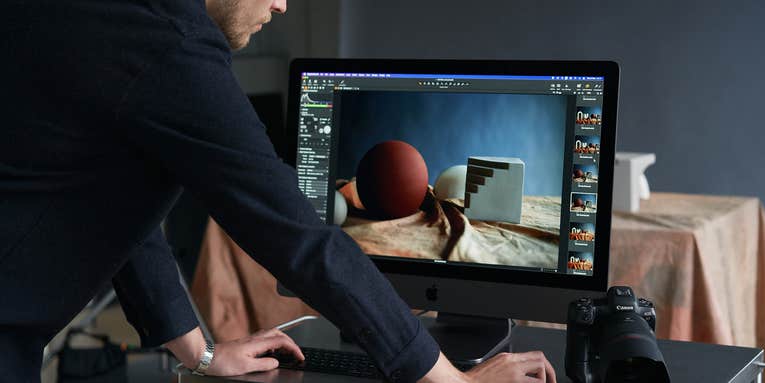
Capture One discontinues standalone versions for Fujifilm, Nikon, Sony

How to choose the right laptop for you
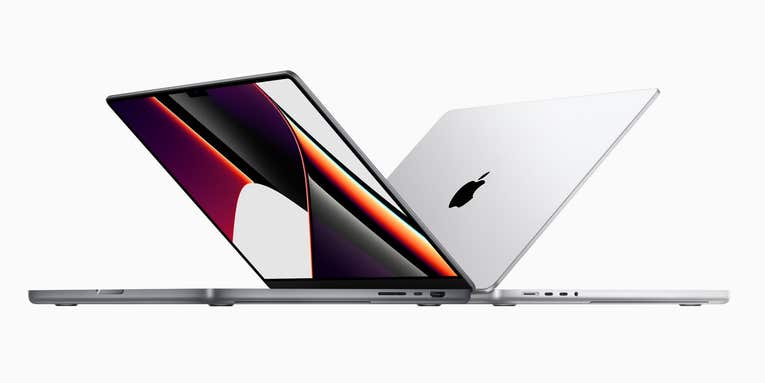
2021 MacBook Pro preview: Apple’s back, baby
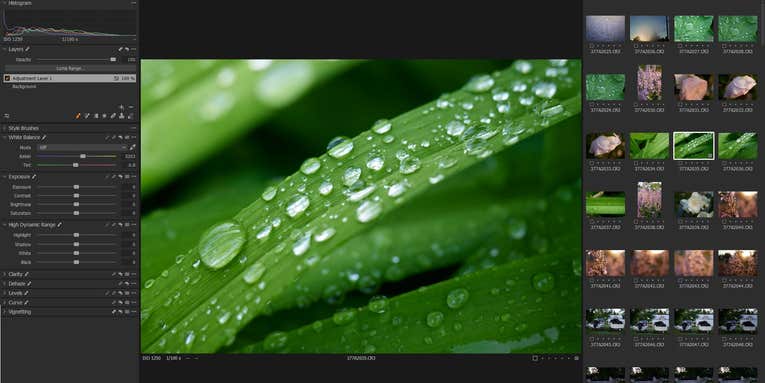
Capture One 21 Pro review: Raw power

Adobe Lightroom Classic review: The old standard still has lots of life left in it

Best film emulation presets for your digital photos in 2023
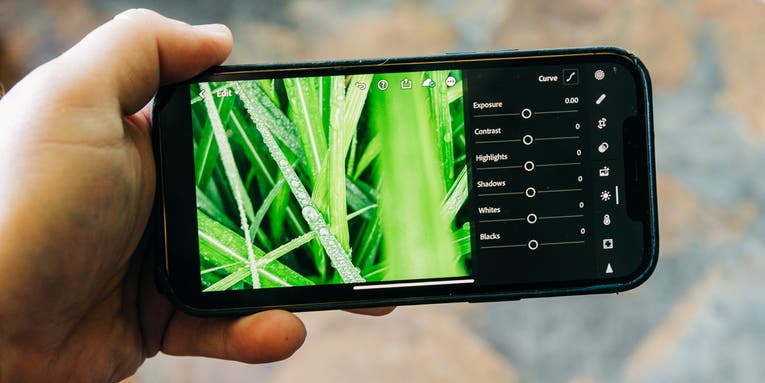
Adobe Lightroom vs Lightroom Classic: Which photo editor should you use?
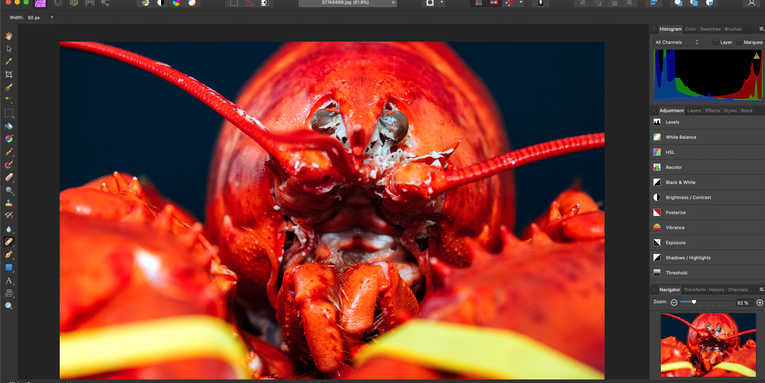
Affinity Photo review: An affordable Photoshop alternative with some compromises
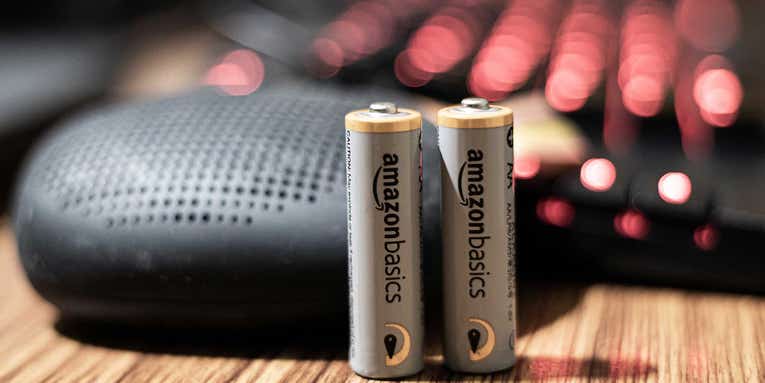
Rechargeable AA batteries to stay energized and eco-friendly
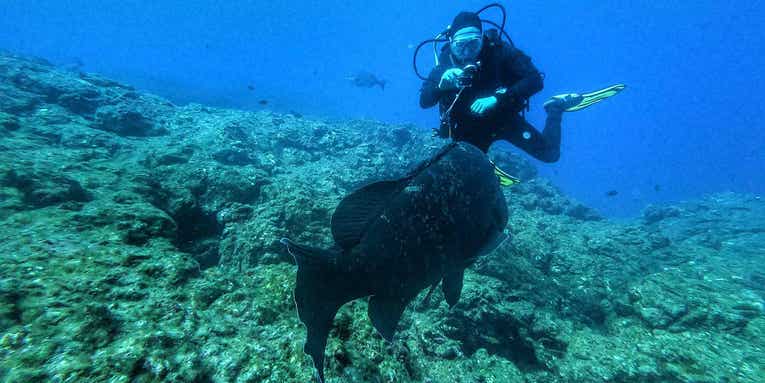
Camera housings to capture underwater action
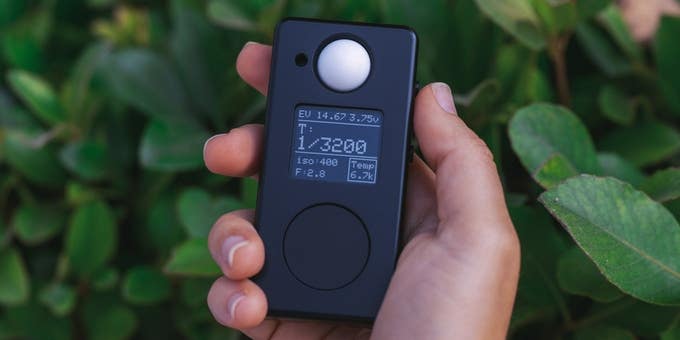
The Negative Supply LM1 light meter fits in a film photographer’s pocket
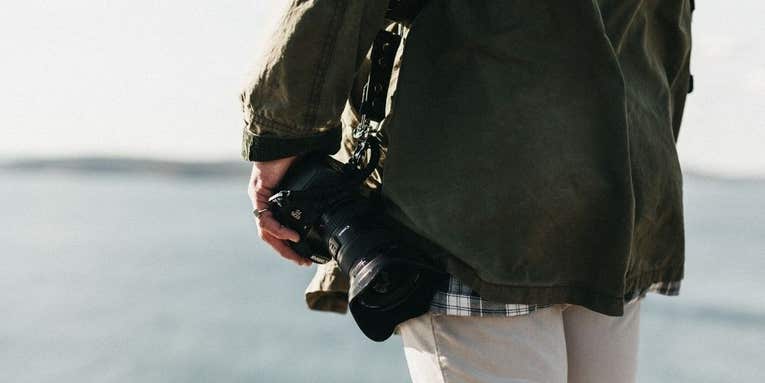
The best camera harness for hassle-free carrying
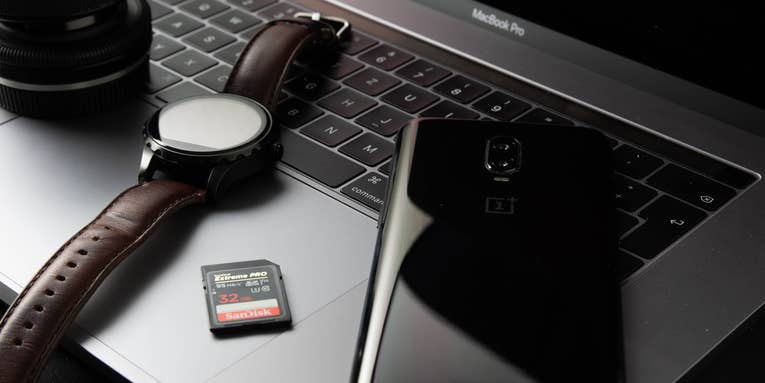
The best memory card wallets and cases for photographers
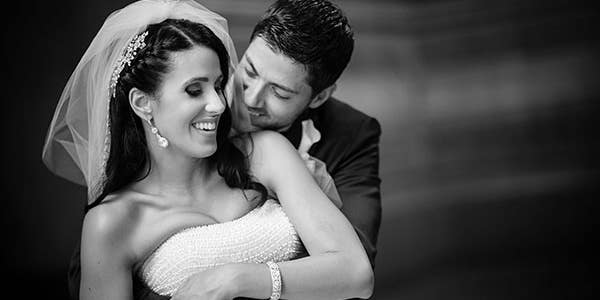
Alien Skin Announces Exposure 6 Plugin
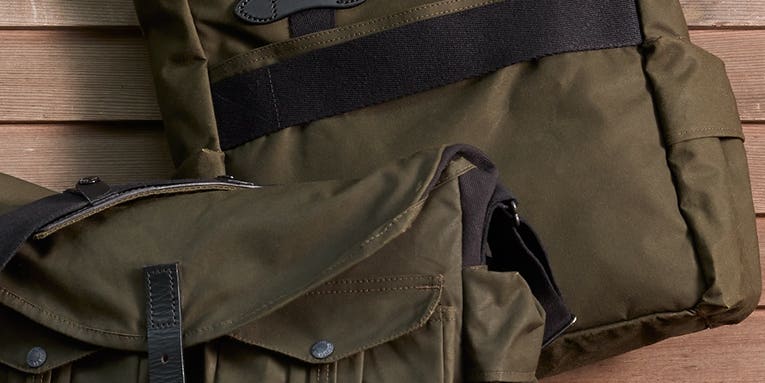
Filson Teams Up With Steve McCurry and David Alan Harvey For New Line Of Camera Bags
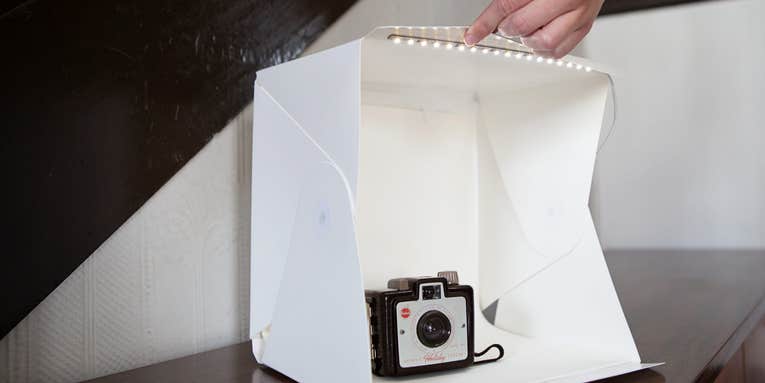
New Gear: Foldio Portable Pop-Up Studio From Photojojo

Review: VSCO Film 07: Eclectic Films
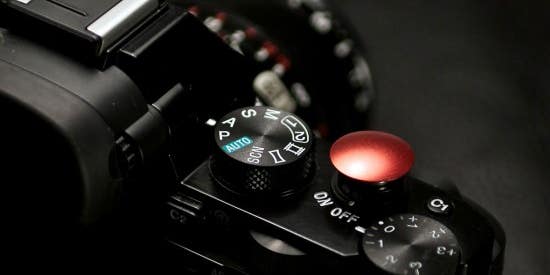
New Gear: Lolumina Soft Release Button (For Non Threaded Shutters)
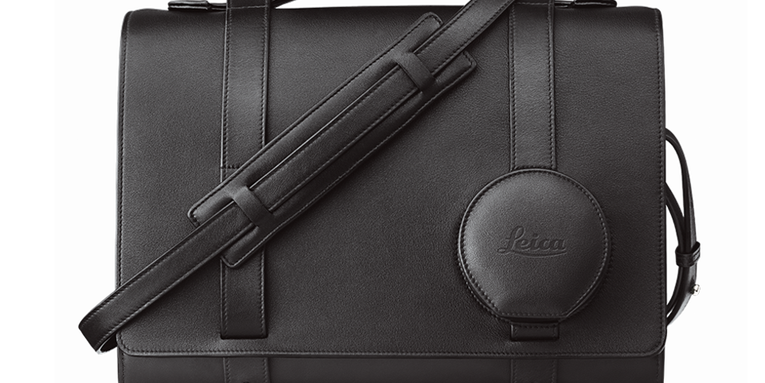
This Is The Weird Leica Camera Bag Specifically For Carrying the Q Camera
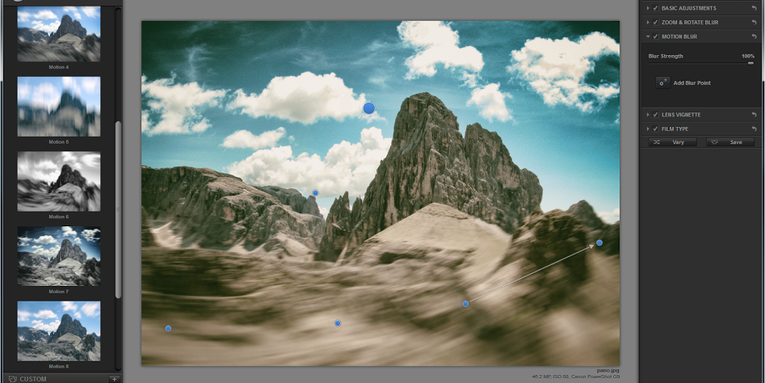
Nik Collection Gets Update With Analog Efex Pro v2

Adobe Lightroom Mobile for iPad: Hands-On Preview
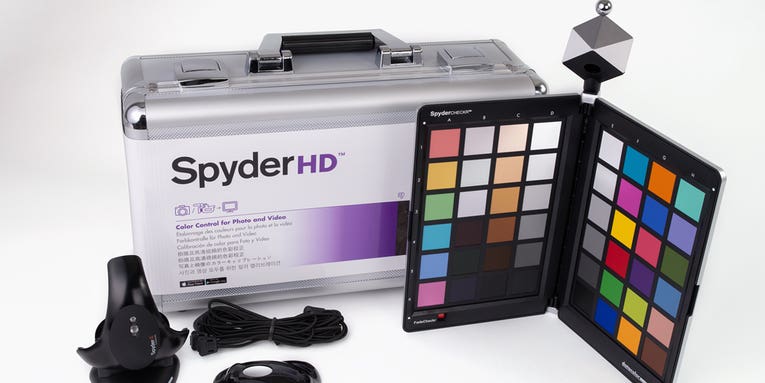
New Gear: DataColor SpyderHD Calibration Bundle
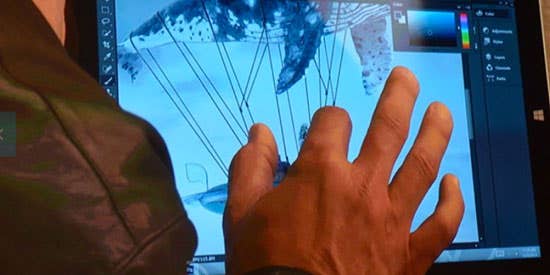
Adobe Working on Adding Full Touch Compatibility To Photoshop CC
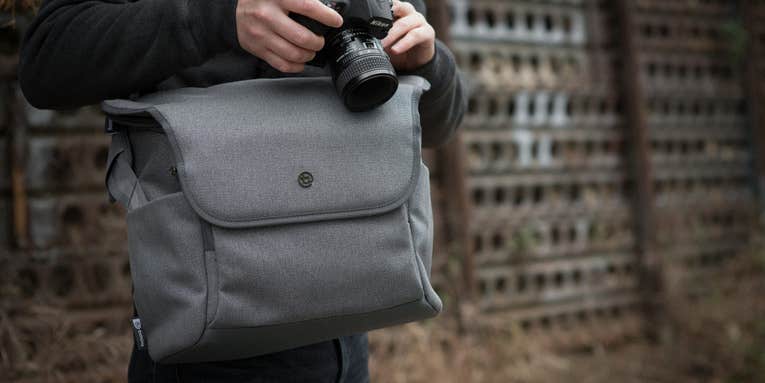
New Gear: Booq’s Python Catch Bag
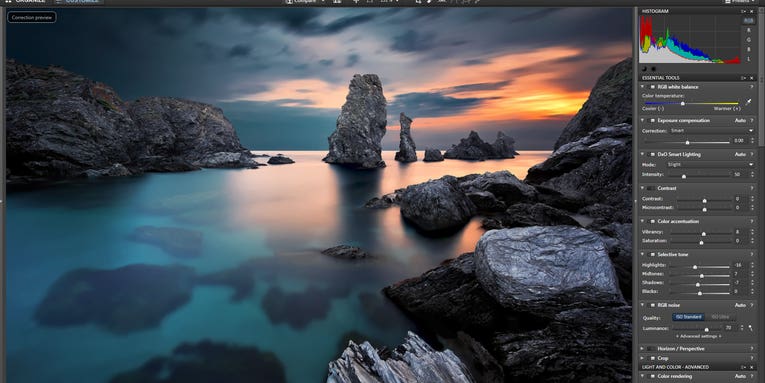
New Gear: DXO Optics Pro 9.5 Photo Editing Software Boasts Tight Lightroom Integration
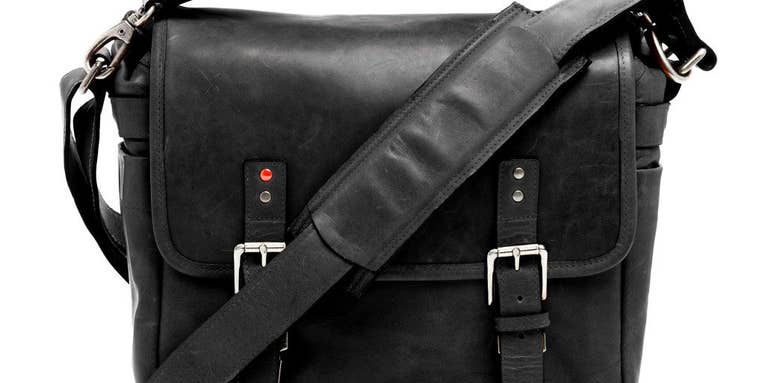
New Gear: ONA Celebrates Leica Centennial With Black Berlin II Camera Bag
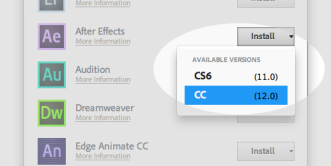
New Adobe Creative Cloud Feature Lets You Install Old Versions
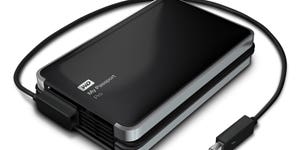
New Gear: Western Digital My Passport Pro Thunderbolt-Only RAID Drive

Lowepro Shows Just How Much Damage Its Pro Roller X-Series Can Take With New Video

New Gear: Lowepro Dashpoint Action Video Case Is Made For Hauling GoPro Cameras
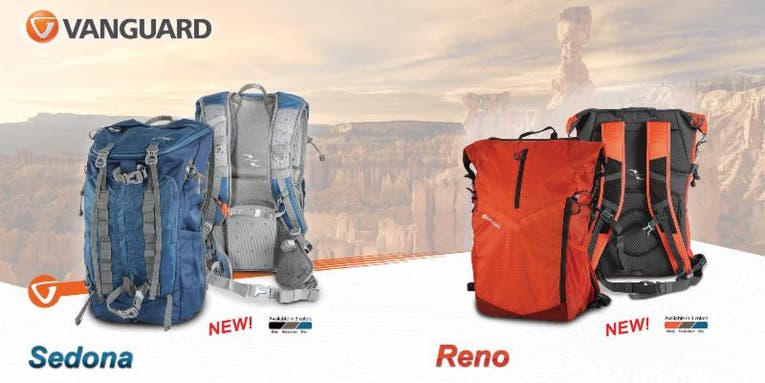
New Gear: Vanguard Announces Two New Camera Bag Lines, the Sedona and Reno
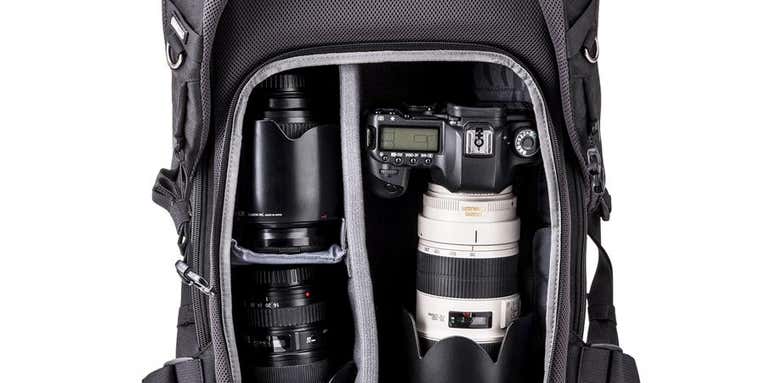
New Gear: Think Tank Trifecta DSLR Camera Bags are Built For The Three Most Common Zoom Lenses
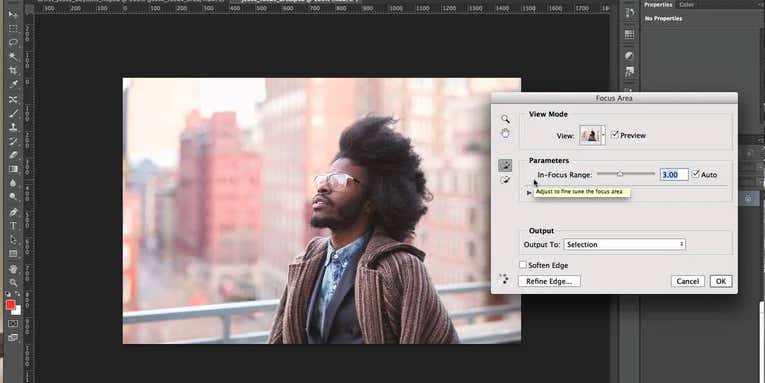
Adobe Teases New “Focus Mask” Feature For Photoshop

Palette Uses Tactile Buttons, knobs, and Sliders for Photo Editing
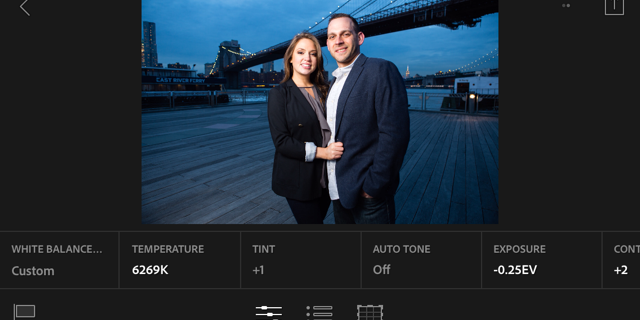
Adobe Announces Photoshop Mix for iPad and Lightroom Mobile for iPhone
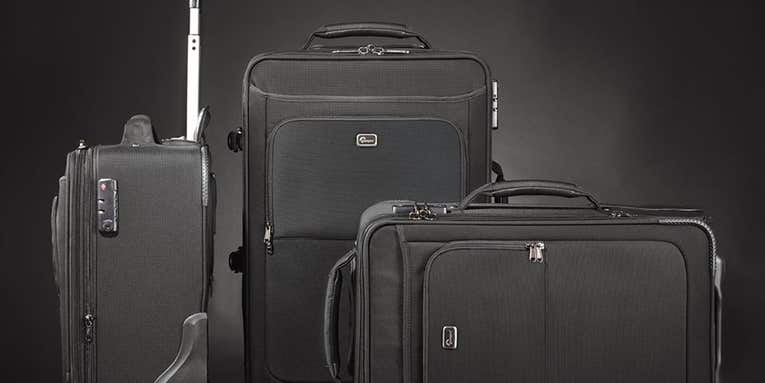
New Gear: Lowepro Pro roller X-AW Rolling Camera Bags
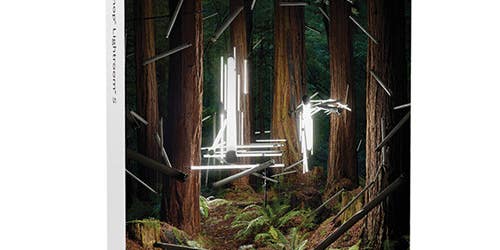
Adobe Releases Lightroom 5.5, Camera Raw and DNG Converter 8.5
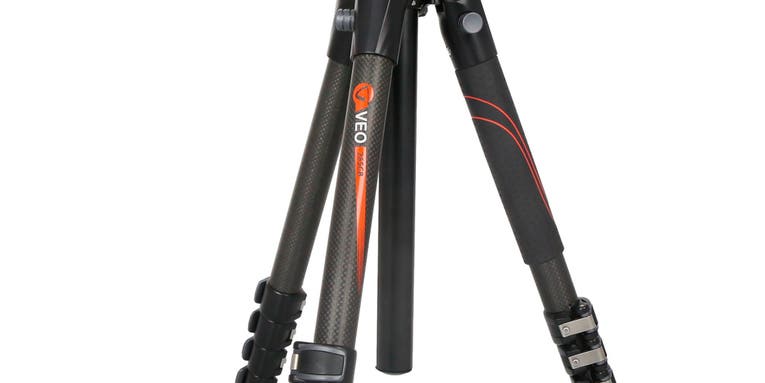
New Gear: Vanguard VEO Collection Brings Tripods, Monopods, and Camera Bags for Travelers
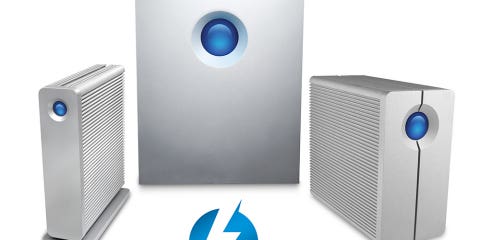
New Gear: LaCie Hits 5TB Milestone for External Hard Drives
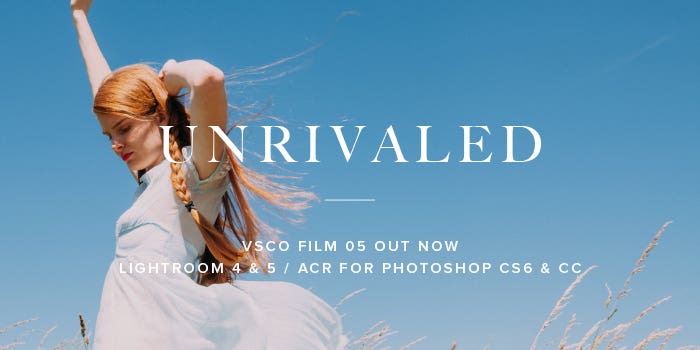
Visual Supply Co announces VSCO Film 05: The Archetype Films Collection
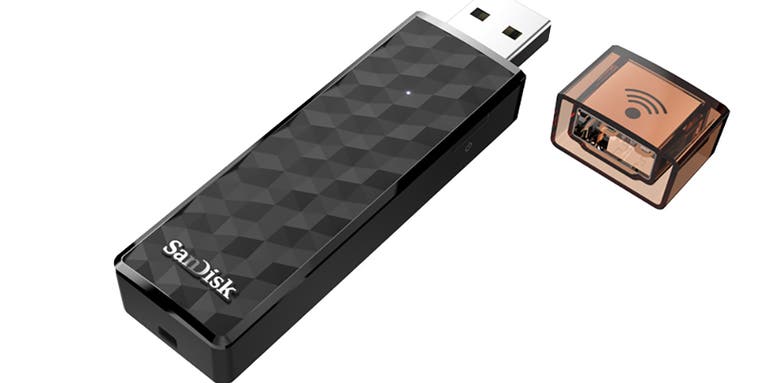
The SanDisk Connect Wireless Stick Wants to Free Up Space On Your Smartphone or Tablet
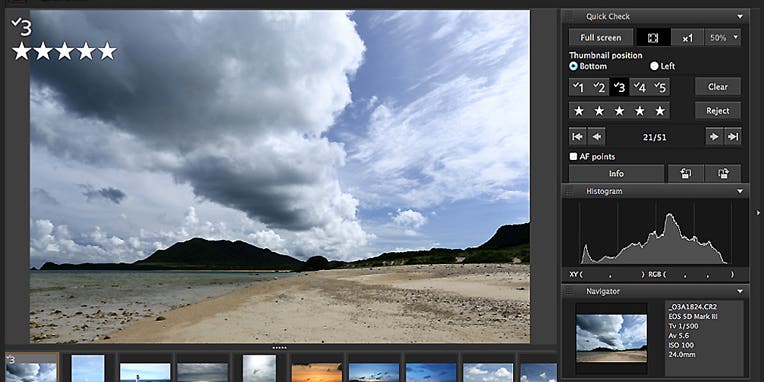
Canon To Totally Overhaul Digital Photo Professional With Version 4.0
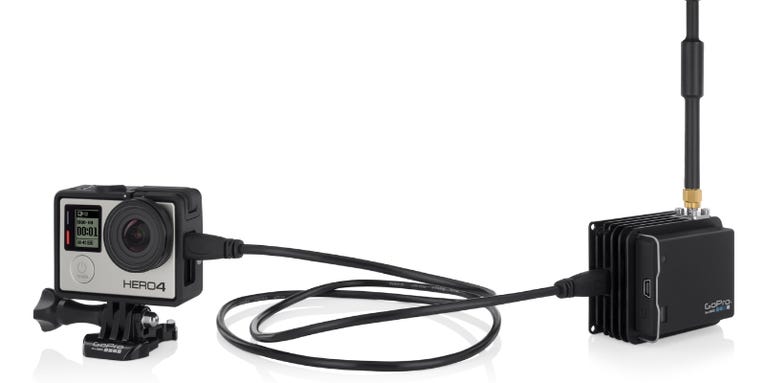
GoPro HEROCast Is a High-Tech Solution For POV Broadcasting
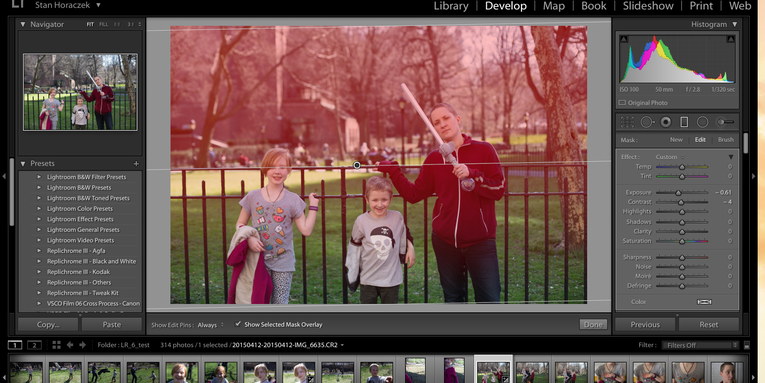
Hands-On: Adobe Photoshop Lightroom CC Moves Faster, Adds Photo Merge and Face Detection

VSCO Cam Gets More Social With Version 3.0
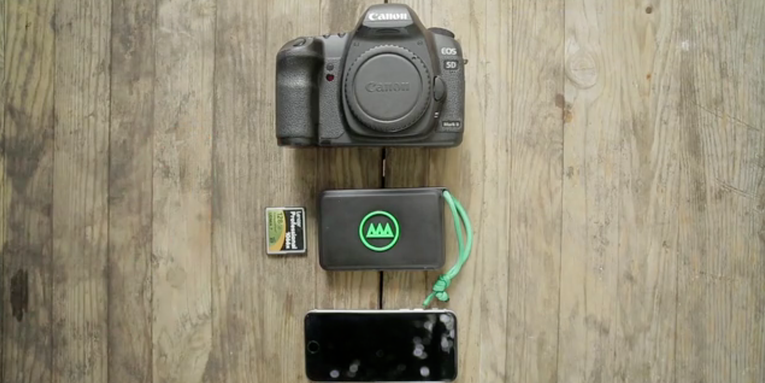
Gnarbox Backs Up Photos and Videos On the Fly, Lets You Edit Wirelessly With Your Phone
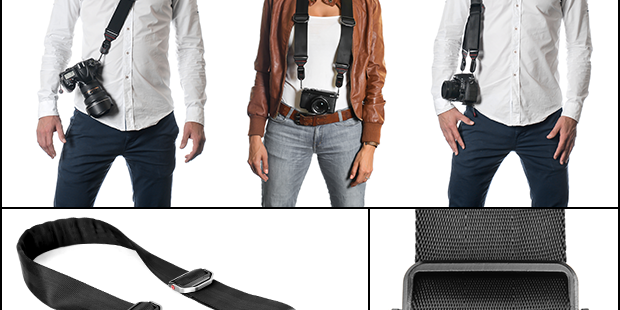
Kickstarter: Peak Design Slide and Clutch Camera Strap Systems
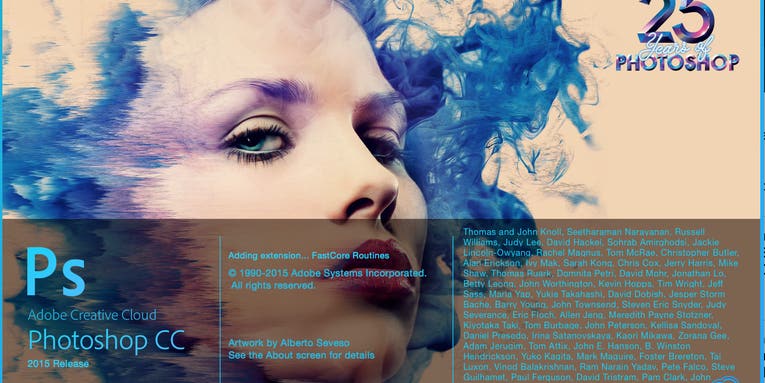
Adobe Camera Raw v9.1.1 Will Be the Last to Support Photoshop CS6
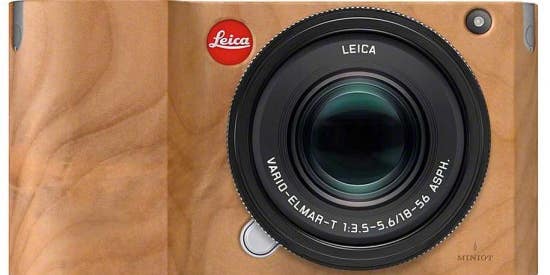
New Gear: Miniot Wood Case For The Leica T
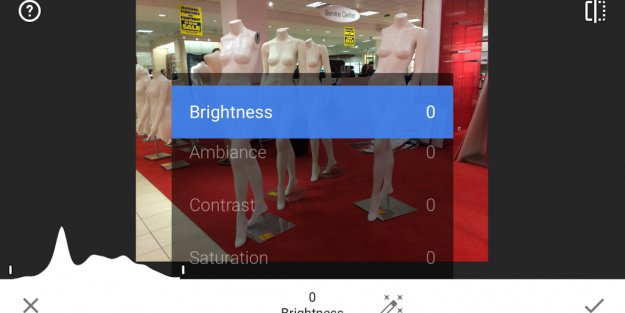
Snapseed 2.0 Is an Impressively Powerful (And Free) Mobile Photo Editor
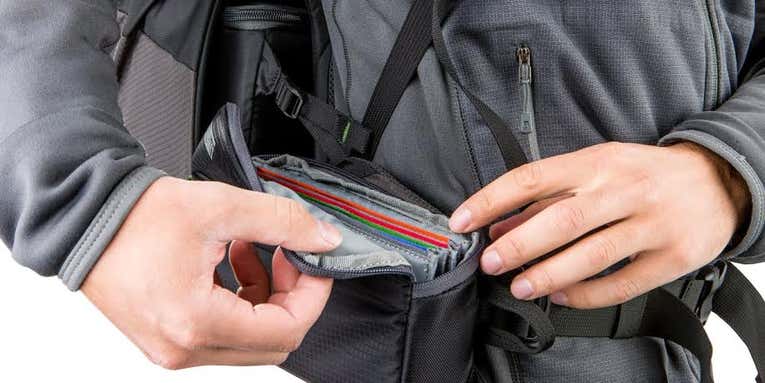
New Gear: MindShiftGear Filter Nest Bag
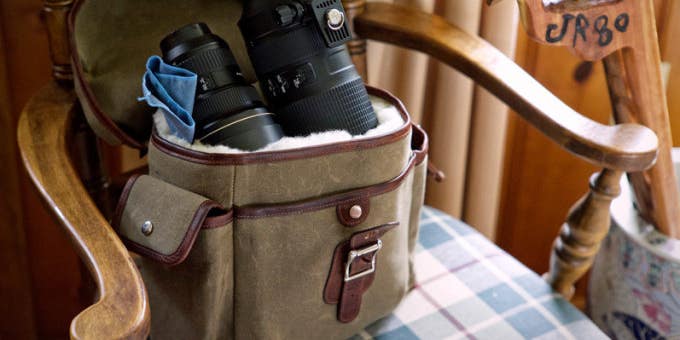
New Gear: Hold Fast Explorer Lens Pouch Is Handsome, Pricey

Nikon Releases ViewNX 2.10.0 and Picture Control Utility 2.0.0 With D810 Support
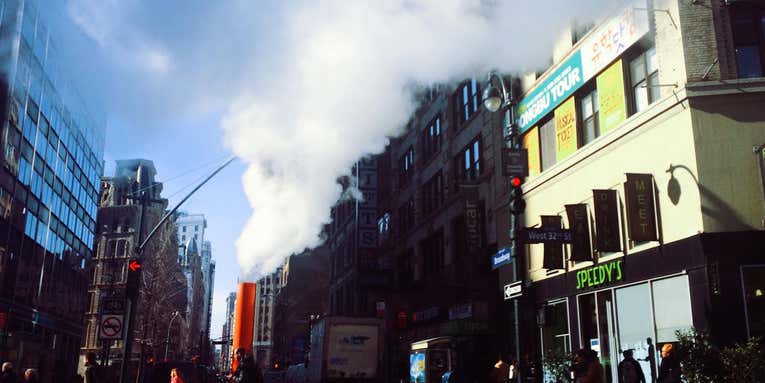
VSCO Cam Alchemy Collection Filters Emulate Cross-Processed Film
